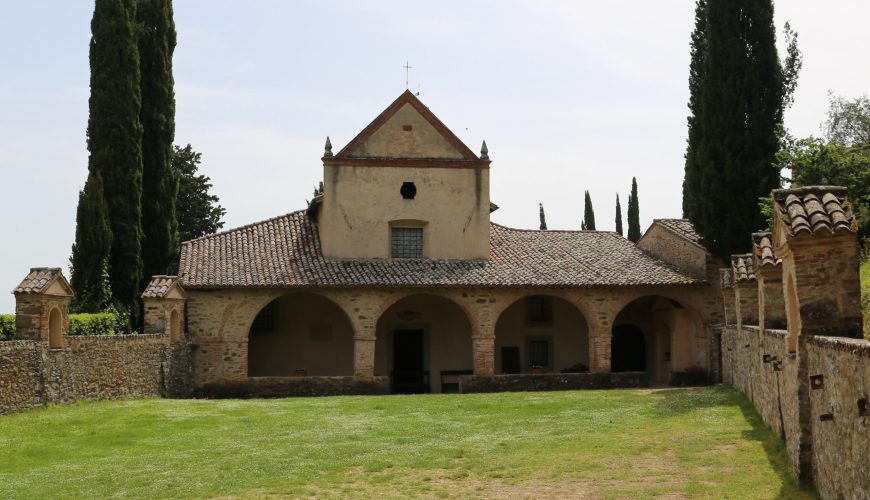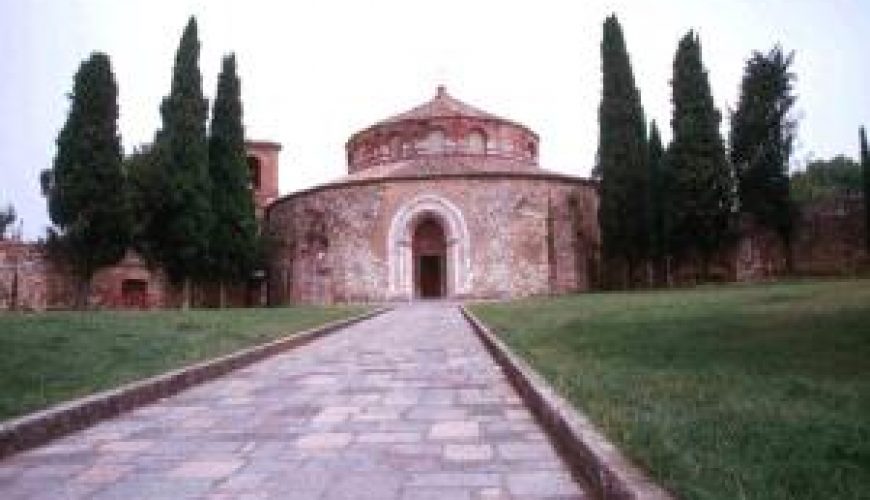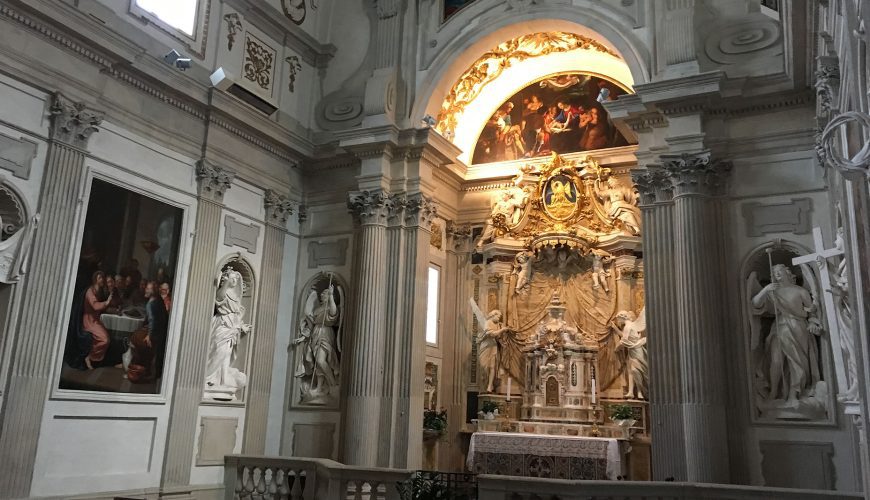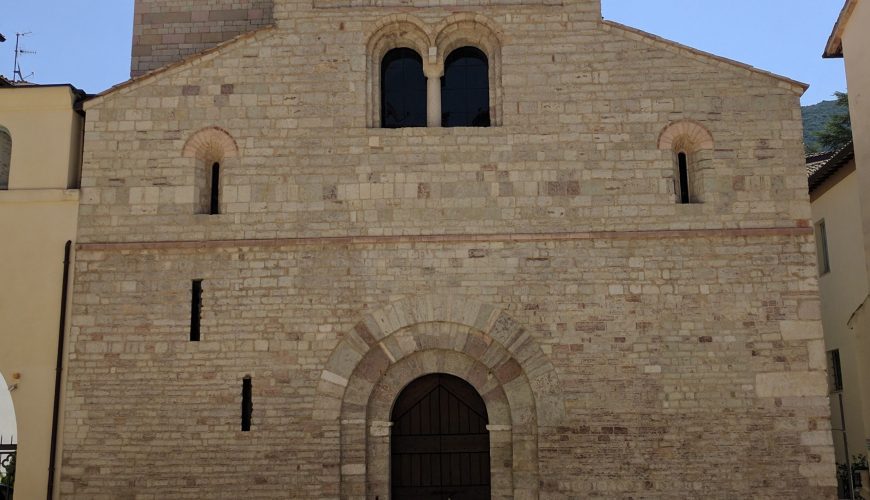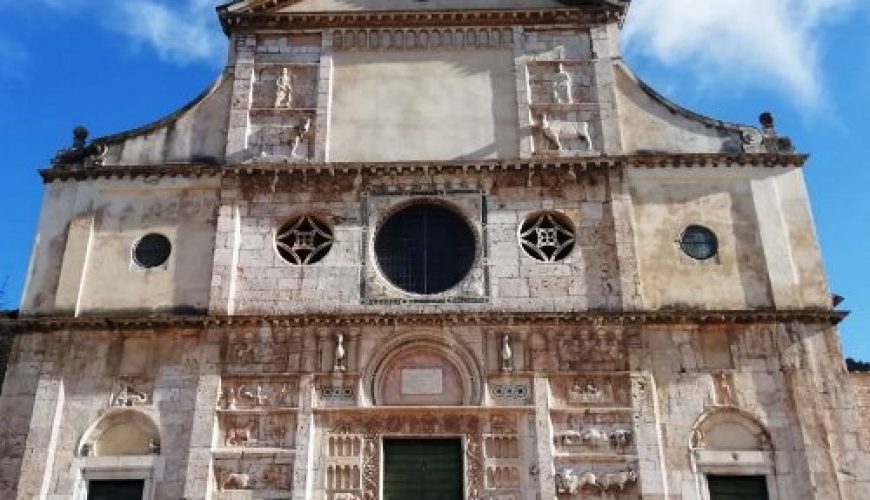Religious and spiritual points of interest in Umbria
Umbria is a region known historically as the land related to religion and spirituality,the phenomenon dates back to ancient times when Christianity was not yet common in our country, and in many parts of the Umbria, thriving intellectual centers of worship and related pagan religions of various kinds.
Just think of places like Todi, where he worshiped the God Mars or Gubbio (Iguvium), where in pre-Roman times the ancient Umbrians celebrate religious ceremonies in honor of the city-state.
With the advent of Christianity in Umbria is crucial that became the center of Christian spirituality and gave birth to many saints and important figures like St. Francis, St. Clare, St. Valentine, St. Scholastica and St. Rita of Cascia.
Over time, the Umbria has become the cradle of spiritual and devotional movements that have helped to build places of celebration of great importance, including churches, monasteries and convents.
Bella Umbria offers the greatest places of religious and spiritual in Umbria.
▌ Points of interest
Church of Sant’Angelo
Spoleto Cathedral (Cathedral of Santa Maria Assunta)
Church of St. Eufemia
It is necessary to attraverse the courtyard of the archbishop’s palace in order to visit the church of St. Eufemia, whose apsis area, which is decorated with small hanging arches and pilaster strips, looks out on the stairway which leads to the Cathedral.
Basilica of St. Peter
Although the origins of the Basilica of St. Peter go back to the 5th century, the present appearance of the building is definitely the result of interventions during the 12th century on the facade and during the 18th century in the interior.

